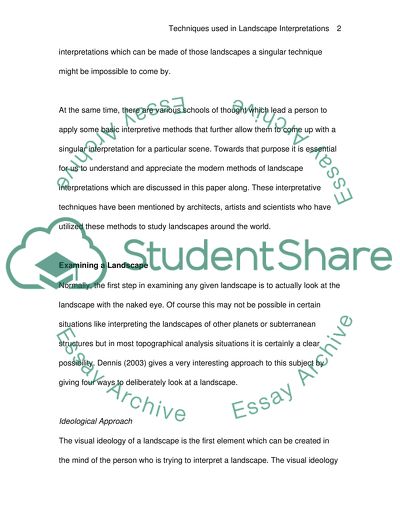Cite this document
(Techniques used in Landscape Interpretations Term Paper, n.d.)
Techniques used in Landscape Interpretations Term Paper. Retrieved from https://studentshare.org/archaeology/1537278-techniques-used-in-landscape-interpretations
Techniques used in Landscape Interpretations Term Paper. Retrieved from https://studentshare.org/archaeology/1537278-techniques-used-in-landscape-interpretations
(Techniques Used in Landscape Interpretations Term Paper)
Techniques Used in Landscape Interpretations Term Paper. https://studentshare.org/archaeology/1537278-techniques-used-in-landscape-interpretations.
Techniques Used in Landscape Interpretations Term Paper. https://studentshare.org/archaeology/1537278-techniques-used-in-landscape-interpretations.
“Techniques Used in Landscape Interpretations Term Paper”. https://studentshare.org/archaeology/1537278-techniques-used-in-landscape-interpretations.


